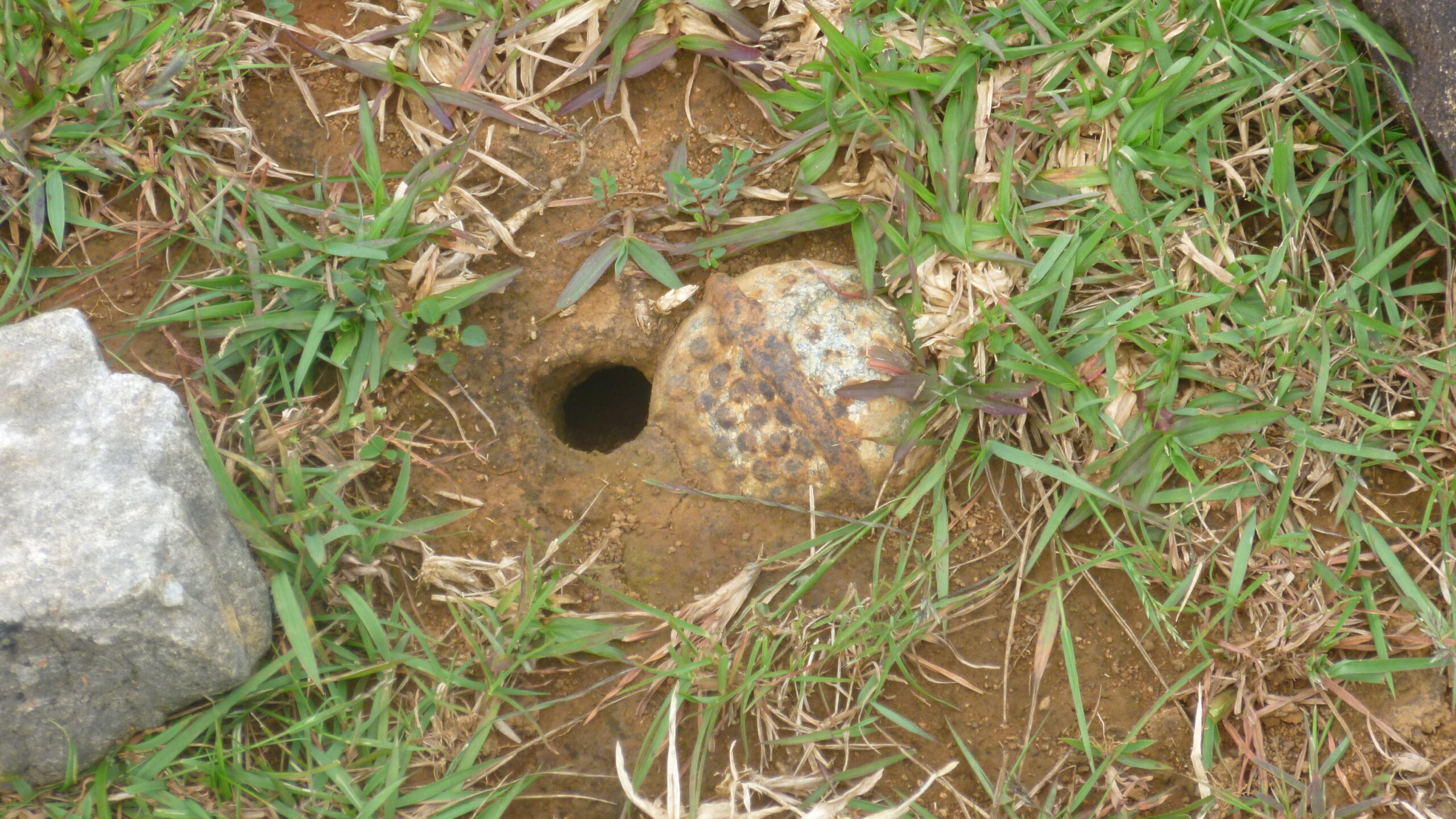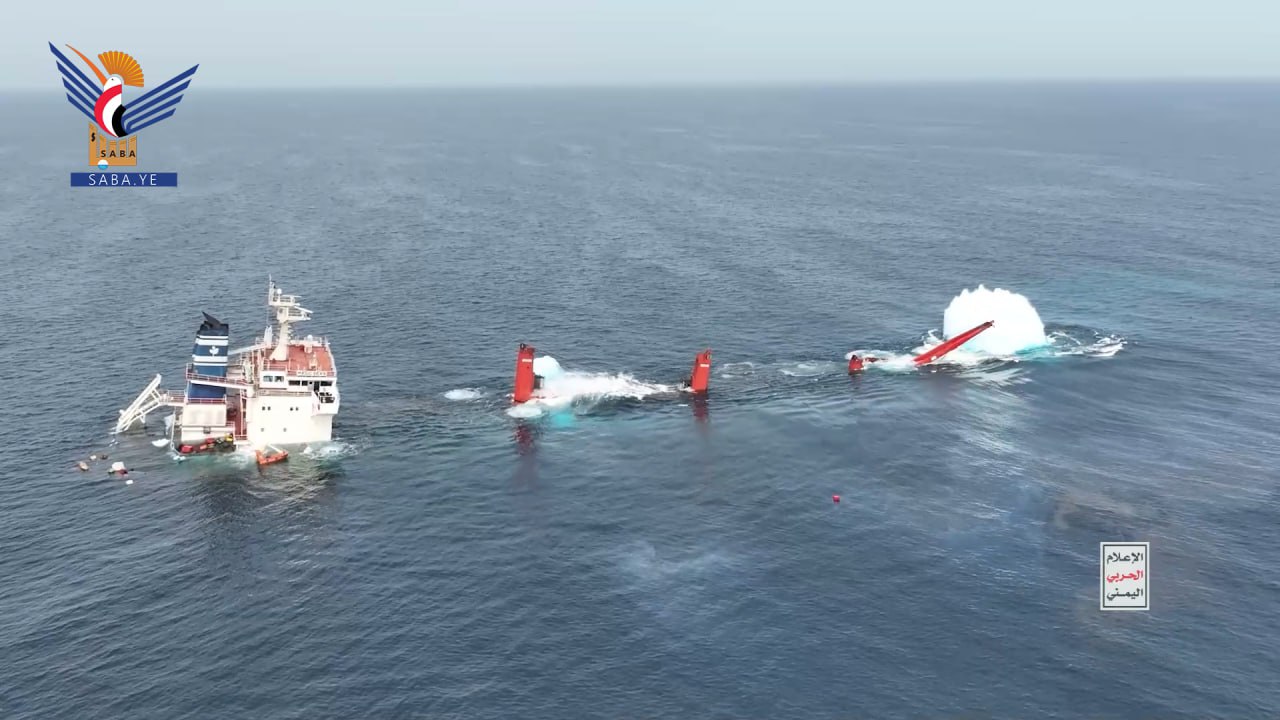Yet again, it seems the US has folded on previous restrictions on the transfer of weapons to Ukraine after a time when a particular weapon would serve its most effective purpose.
With Biden and his Secretary of State Blinken both defending the White House’s decision to transfer 155mm shells filled with cluster bombs to Ukraine, it seems that the munitions that are banned in over 100 countries including most NATO countries are on their way to the warzone.
The decision was controversial and widely reported. Cluster bombs drop dozens of submunitions, or “bomblets” which may have a 1-in-4 chance of not detonating. They then lay in the ground for decades causing harm to civilian populations, especially agriculturalists and children, as they attempt to move back into former warzones.
The illegal and secret war crimes committed by the US in Laos and Cambodia involved the use of cluster bombs, from which more than 20,000 civilians, mostly children who think the bomblets are toys, have been killed since the war ended. Cambodian Prime Minister Hun Sen tweeted his condemnation of Biden’s decision to use them in Ukraine.
According to MAG International, an estimated 30% of the 270 million sub-munitions dropped in Laos did not detonate. A much smaller 2 million bomblets ended up falling in Iraq and Afghanistan, causing an estimated 4,100 deaths and maimings according to Landmine and Cluster Munitions Monitor.
Biden argued in an interview with CNN that Ukraine is running out of ammunition, and despite his own press secretary suggesting in 2022 that the use of cluster bombs in the conflict by Russia was a war crime, Biden wants to “temporarily” give them to the Ukrainians. Blinken took the same stance in an interview at the NATO summit ongoing in Vilnius, arguing “If we don’t do it, then they will run out of ammunition. If they run out of ammunition, they will be defenseless,” and that they would only “fill the gap” to allow time for NATO countries to produce more bombs and shells.
A bipartisan coalition has formed to try and block the transfer of these weapons, which have already been used in the east of the country by Russia, though they deny it, as well as the post-coup government in Ukrainian back in 2014, and by Ukraine in the current conflict.
Pentagon officials have said that the cluster bombs would help NATO punch through the heavily fortified Russian lines in the ongoing counteroffensive that isn’t meeting any expectations. If that’s the case, why then are they providing them the cluster munitions now, and why weren’t they sent last month before the mid-June counterattack began?
Having second thoughts
Since the conflict began, Western nations seem to equip Ukraine with the weapons it needs to go head-to-head with Russia several months after the key moment when such a weapon would prove decisive. Furthermore, at the beginning, they kept many items off the table, but nearly every last one has made its way to the country.
The long-range HIMAR rocket artillery system was considered too dangerous because Ukraine might use it to strike inside Russia. It was handed over in June of 2022 after Russia had already occupied one-fifth of the country.
In February of 2023, after several months of Ukraine losing hundreds of soldiers per day in Bakhmut, NATO countries decided it was time to send modern main battle tanks which the Ukrainian Commander-in-Chief Valery Zaluzhny had asked for in October of the previous year.
In May of 2023, after Bakhmut had fallen and Russia had fortified their defensive lines by several kilometers, NATO countries led by Poland and the US decided to start training Ukrainian pilots on the use of the F16 fighter jet, of which maybe one is already in the country.
Also in May, the UK transferred the Storm Shadow cruise missile with a strike range of 250 miles, to the Ukrainian defense forces, also after Bakhmut fell and after the country had sustained months of bombardment. They, like the HIMARS, were thought of as being too escalatory.
Also in May, the US transferred a Patriot Missle Defense System to Kyiv, after more than 8 months of being completely vulnerable to long-range strikes by Russian missiles.
Now, officials say the cluster bombs, which were already sent by Joe Biden on July 7th according to a Pentagon release, will help the Ukrainians punch through the Russian defenses a month after they began trying.
Taken at their word
There seems to be a very reasonable chance that the US is not trying to help Ukraine win this war, only defend herself.
“The United States will continue to work with its Allies and partners to provide Ukraine with capabilities to meet its immediate battlefield needs and longer-term security assistance requirements,” the cluster bomb readout states.
The two most-senior civilian military authorities, Defense Sect. Lloyd Austin and National Security Advisor Jake Sullivan, both stated early in the war that the White House’s policy was to see Russia “weakened and isolated”.
The US has a penchant for fueling long and indecisive wars—like the Saudi-led Operation “Decisive Storm” which Obama supported to “placate” the Kingdom, even though his advisors knew it would be “long, bloody, and indecisive”.
A true military planner would say that these weapons arrived too late to have a decisive impact. That could be because the planners, in this case, are politicians and not generals, or it could be, if we take them at their word, simply the best course of action to weaken and diminish Russian military capabilities. A decisive end to the war would leave a lot of missiles unused, a lot of tanks without damage, and a lot of men with their lives—which would allow the Kremlin, as Sect. Austin said, “to do the kinds of things that it has done in invading Ukraine”. WaL
PICTURED ABOVE: A BLU-26 unexploded cluster bomblet in Laos – CC 4.0. Seabifar



